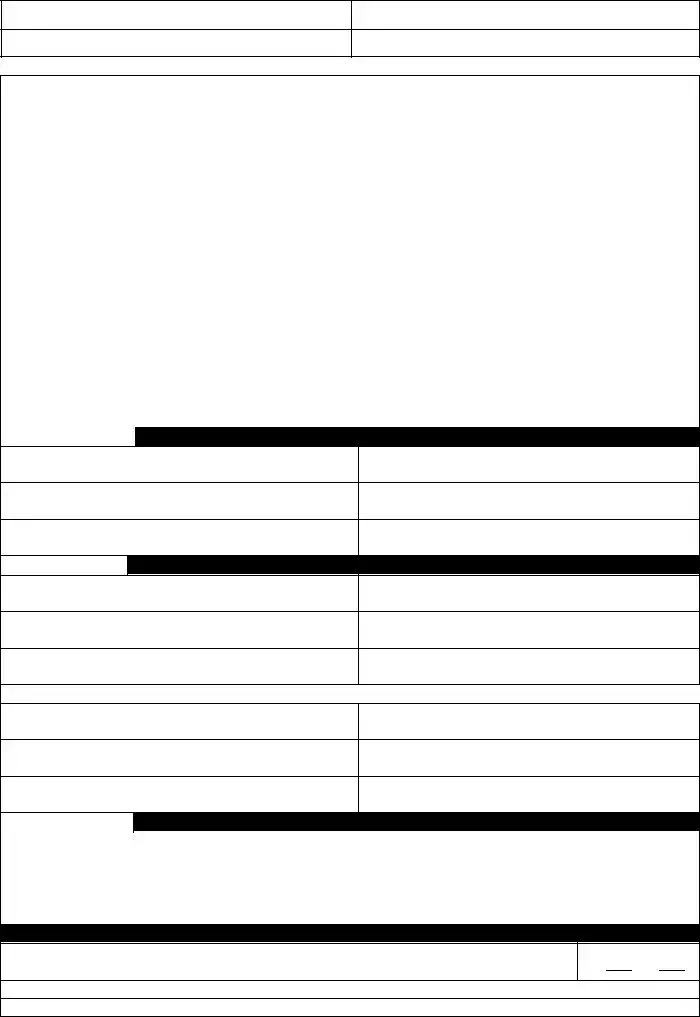In the spirit of profound traditions and deep-rooted religious beliefs, the Nikah Islamic Marriage Certificate form represents a vital document for couples wishing to honor their love and commitment within the Islamic faith. Embarking on a journey together under the gaze of Allah, the form encapsulates the solemnity of marriage as per Islamic Shari'ah, delineating the mutual agreements made by the bride and groom, particularly concerning the Mahr—a crucial component that symbolizes financial protection for the bride. The form not only records the sacred vows taken in accordance with the guidance of the Qur’an and the Sunnah of the Prophet Muhammad but also includes the consent of the bride's Wali when applicable, underlining the importance of family in the marriage process. Moreover, it highlights the couple's unified declaration to uphold Islamic values in their life together, especially in the upbringing of children. Complementing these personal and spiritual commitments, the form acknowledges the presence of witnesses, ensuring the marriage is recognized socially and spiritually. Furthermore, by integrating a marriage contract or prenuptial agreement, the document underscores the practical aspects of union, creating a comprehensive framework that balances religious observance with legal foresight. Through this certificate, couples are reminded of the beauty and responsibilities of matrimonial partnership, all inscribed under the auspices of divine love and mercy.




 No
No
